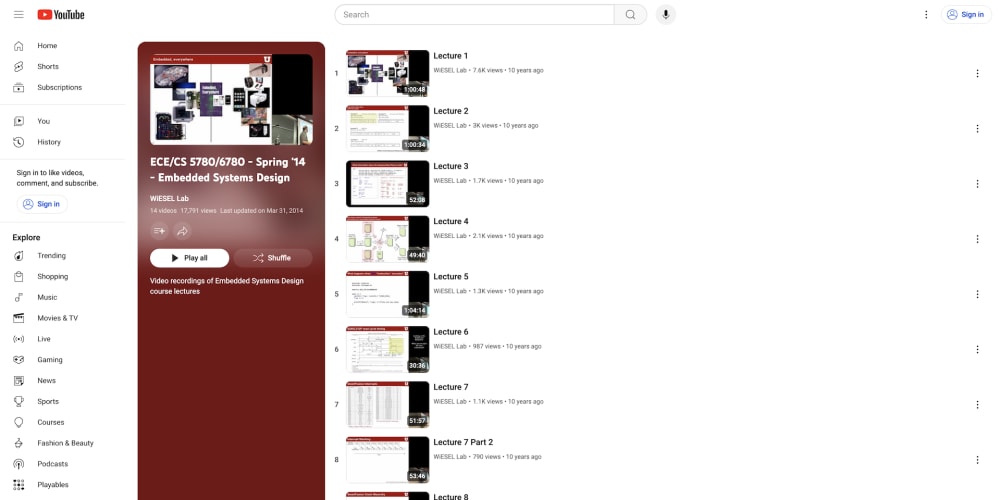If A, B, and D are running IPv4, the Address Resolution Protocol (ARP) maps physical to interface addresses. When host A wants to send a packet to D:
Host A examines its local ARP cache to see whether it already knows the physical and interface addresses for D.
Given A does not have an existing mapping, it will send an ARP request to the physical broadcast address, so both B and D receive this packet.
The ARP request will have host D’s interface address in the Target Protocol Address field of the ARP packet and host A’s physical address in the Sender Hardware Address field.
When B receives this packet, it will determine its local interface address does not match the target protocol address, so it will discard the ARP packet.
When D receives this packet, it will determine its local interface address matches the target protocol address, so it will build a response.
In its response, host D will include its interface address in the Sender Protocol Address field, and the physical address for the correct interface in the sender hardware address field.
When A receives this response, it can add the mapping between D’s interface and physical addresses, allowing it to send unicast packets to D. More details is at https://www.acedexam.com/010-151-dctech-supporting-cisco-datacenter-networking-devices/
ARP can also be used to notify all the hosts on a segment about an address change or to announce the connection of a new host to the segment. This is called a gratuitous ARP because it is an ARP response that does not correspond to any ARP request. Most hosts will send a gratuitous ARP when they connect to a segment so that all the other hosts will have their interface to physical address mapping in their local cache, saving time and effort in transmitting packets.
Duplicate Address Detection is another function of ARP in an IPv4 network. A host can send an ARP probe to determine whether any host on the segment is already using an IP address. If the host does not receive an answer, it can assume the IP address is not in use.
IPv6 Address Resolution
If A, B, D, and E are running IPv6, the Neighbor Discovery (ND) protocol maps physical interface addresses. One major difference between IPv4 and IPv6 is that IPv6 hosts do not assume every other host on the segment uses the same prefix. Figure 3-5 illustrates.
Figure 3-5 IPv6 Neighbor Discovery
Because of the role the router plays in IPv6 address resolution, we have to start a few steps back from where we started with IPv4:
Router C sends an RA with a list of prefixes.
Each prefix in use on this segment is marked with the L bit.
Each host on the segment—A, B, D, and E—keeps a list of the prefixes in use on this segment based on all the RAs they have received.
When host A wants to send a packet to B:
Host A examines its local list of prefixes in use on this segment.
If host B’s IPv6 address is contained within one of the prefixes on this segment, A sends a Neighbor Solicitation packet to a multicast address.
Host B responds with a Neighbor Advertisement packet linking its IPv6 and physical addresses.
Host A receives the neighbor advertisement and uses it to build a local cache of IPv6 to physical address mappings.



















